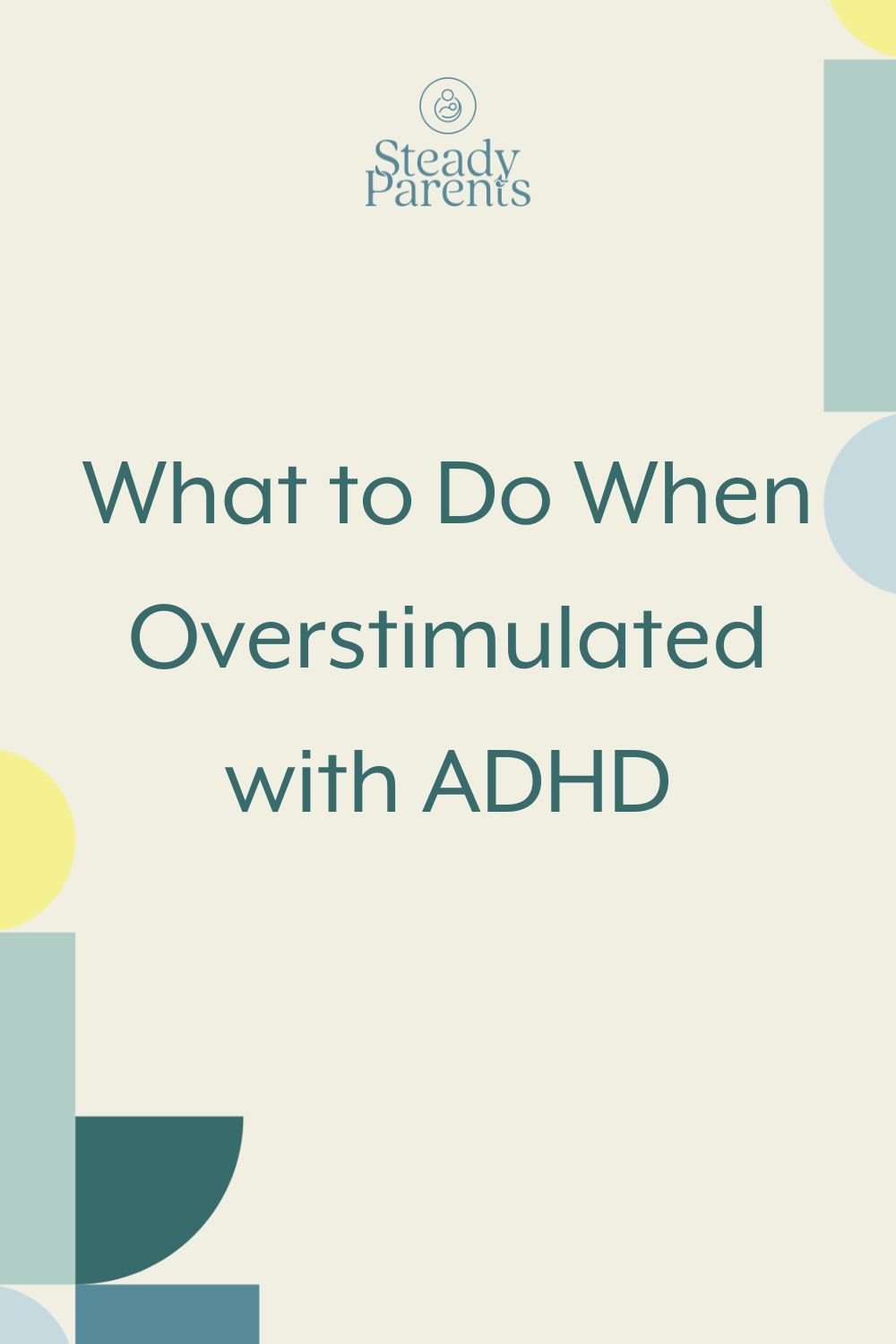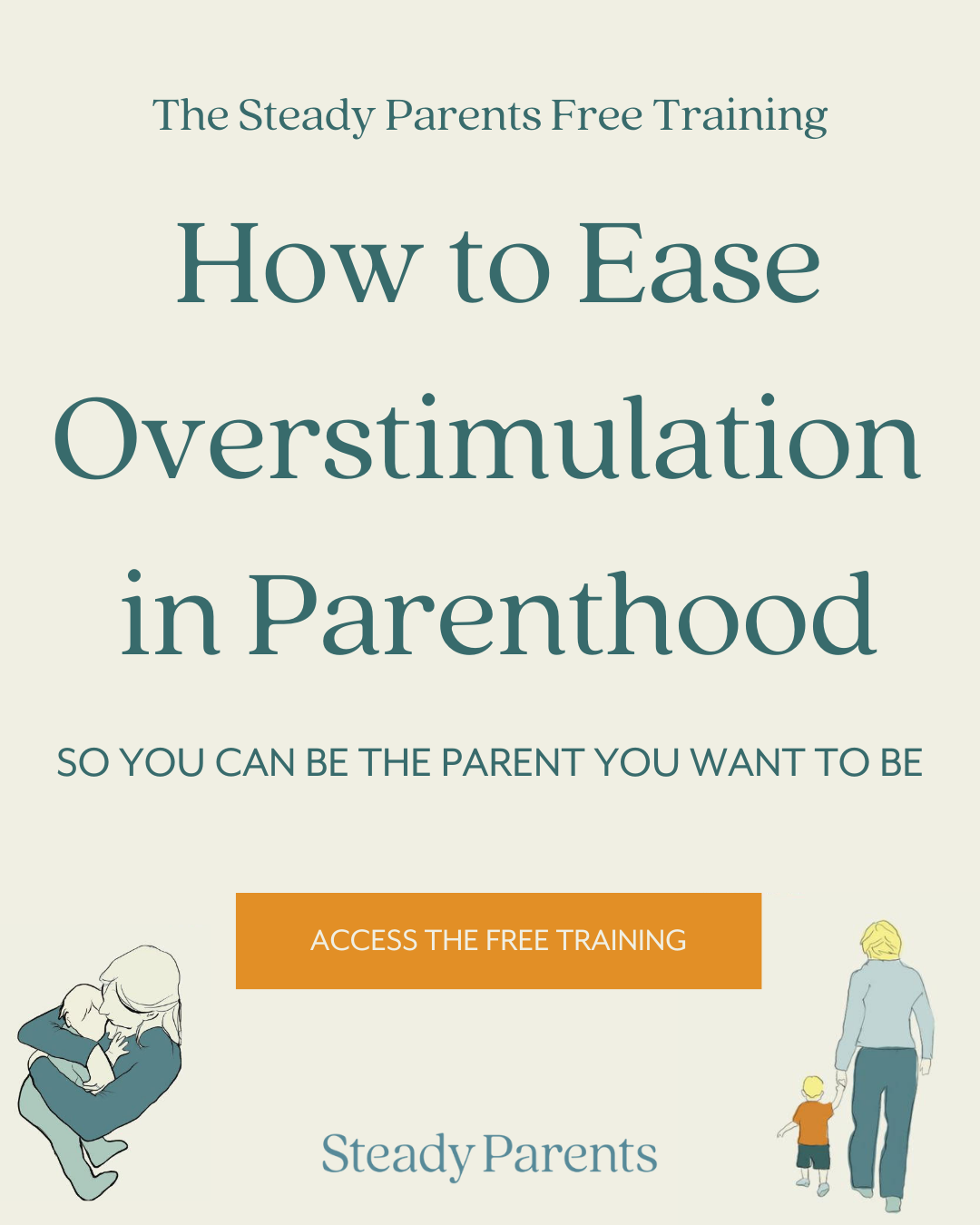ADHD & Overstimulation - Symptoms and How to Manage
ADHD Overstimulation Examples
Do you feel like you’re on this hamster wheel of endless demands? It feels like no matter how much work you do, or how fast you do it, there’s always something left unfinished. And the harder you work, the tenser you get, and the louder the noises are…
It’s not just you. When you have an endless to-do list, your sympathetic nervous system ramps up. It’s supposed to, because you have work to do! The sympathetic nervous system’s job is to keep you ramped up so you can get what needs to be done, done.
A little bit of ramping up is good. It keeps you alert, focused, and motivated. But too much can make it challenging to differentiate between “motivation mode” which helps you get work done, and “danger mode,” which helps you do what you need to do to stay safe. A ramped up sympathetic nervous system can become hypersensitive to sensory stimuli, because it begins to scour the environment for danger.
What does ADHD overstimulation feel like?
If you are someone who experiences ADHD and overstimulation, you may have wondered–is there a link between the two? In a word: YES! Multiple studies have shown that people with ADHD have difficulty processing sensory input and regulating emotional responses to sensation. One study in particular showed that females with ADHD are at a unique risk for tactile defensiveness (aka feeling “touched-out”)!
That’s because sensations like soft touch or noise that may not feel arousing to the nervous system of some people may cause someone else to have an ADHD meltdown. An ADHD meltdown occurs when the person is so overstimulated by sensory input that they can’t control their emotions and act out with crying, shaking, hyperventilating, yelling, or even laughing.
ADHD brains struggle with dopamine deficiency and arousal levels. The ADHD brain uses more cognitive capacity to get something done, working harder to keep up with the demands of the environment and the task. The cognitive load can affect our ability to process sensory information effectively.
This can lead to overstimulation because of excessive brain energy consumption, AND because there can be a small window of arousal levels between understimulated (seeking out the next dopamine hit) and overstimulated (too much too fast).
Everyone needs a certain level of stimulation to stay alert and regulated. The sensory sweet spot is that window where you’re engaged, can learn, problem solve, think creatively, reflect. Some ADHDers may find themselves constantly on the go, wanting things bigger, faster, and louder, to achieve increased stimulation levels, while others may retreat and seek dopamine hits/stimulation in a more “controlled” way, such as online shopping, scrolling on the phone, or playing video games.
Either way, poorly titrated sensory stimulation can quickly shift the nervous system into sensory overload.
ADHD Symptoms in Women
Recently there has been a significant rise in adults, especially women, realizing they have ADHD. Many women fly under the radar with their symptoms because they present differently, and it’s not until adulthood (or parenthood!) that women tend to realize that they have been struggling all along. Talk about an overstimulated mom!
Symptoms of ADHD in women are often harder to spot because the behaviors these women exhibit are often associated with the fact that people typically view women as more social and emotional. Behaviors like chattiness and friendliness which are not typically viewed as a “problem” can actually be a sign of “internal hyperactivity.”
Does your mind feel like it’s got a million thoughts going through it at any given moment? Are you good at making friends yet have a tough time sustaining them because you simply forget to reach out? This is a type of ADHD executive dysfunction and can contribute to the overstimulation experienced by moms who have this.
According to CHADD, women with ADHD are often found to have co-occuring anxiety and depression, which may be a result of undiagnosed and untreated ADHD. If you are suffering from anxiety or depression and you feel like you have any of these symptoms mentioned, it may be helpful for you to get an ADHD screening for adults.
What to do when overstimulated with ADHD?
In addition to finding your sensory sweet spot, you also want to be able to shift arousal states based on the environment and the task, without getting “stuck” in one state (i.e. staying overstimulated even when your children are playing safely and quietly). Below are three strategies to get to that sweet spot…and stay there!
Movement throughout the day. Vestibular and proprioceptive input are alerting and regulating. Some people might need intense movement, some might need gentle movement. This depends on your sensory system, but in general, the right type of movement will support you in getting to your sweet spot.
Planning & Pacing. By planning and pacing your level of activity throughout the day, you are better able to titrate incoming stimulation. You can control challenging stimulation (planning), or add in rest time when the incoming stimulation is unavoidable (pacing). This can be an extremely difficult skill, but is so necessary.
Create habits. Making decisions, initiating tasks, holding something in your mind…those are all executive functions that can be difficult with ADHD. By creating habits, you allow your brain to work on autopilot so you don’t overload your nervous system with cognitive AND sensory demands.
Scheduling these healthy coping mechanisms in advance can help prevent the sensory issues often associated with people with ADHD, especially those that suffer from time-blindness.
When you’re feeling overwhelmed by sensory input in the moment, taking a break in another room that is less noisy, bright, or stimulating can help reset your nervous system and is much more preferred over reaching your boiling point and then lashing out at your partner or children.
If you recently discovered you have ADHD, or you've known it all along, it makes sense that you might feel more overstimulated and overwhelmed more frequently, and/or more intensely, than others.
ADHD Help for Adults
Incorporating strategies like the three listed above along with those taught in our Sensing Your Needs in Parenthood Program can help you be on your way to a more steady parenting experience.
Pin This for Later:










